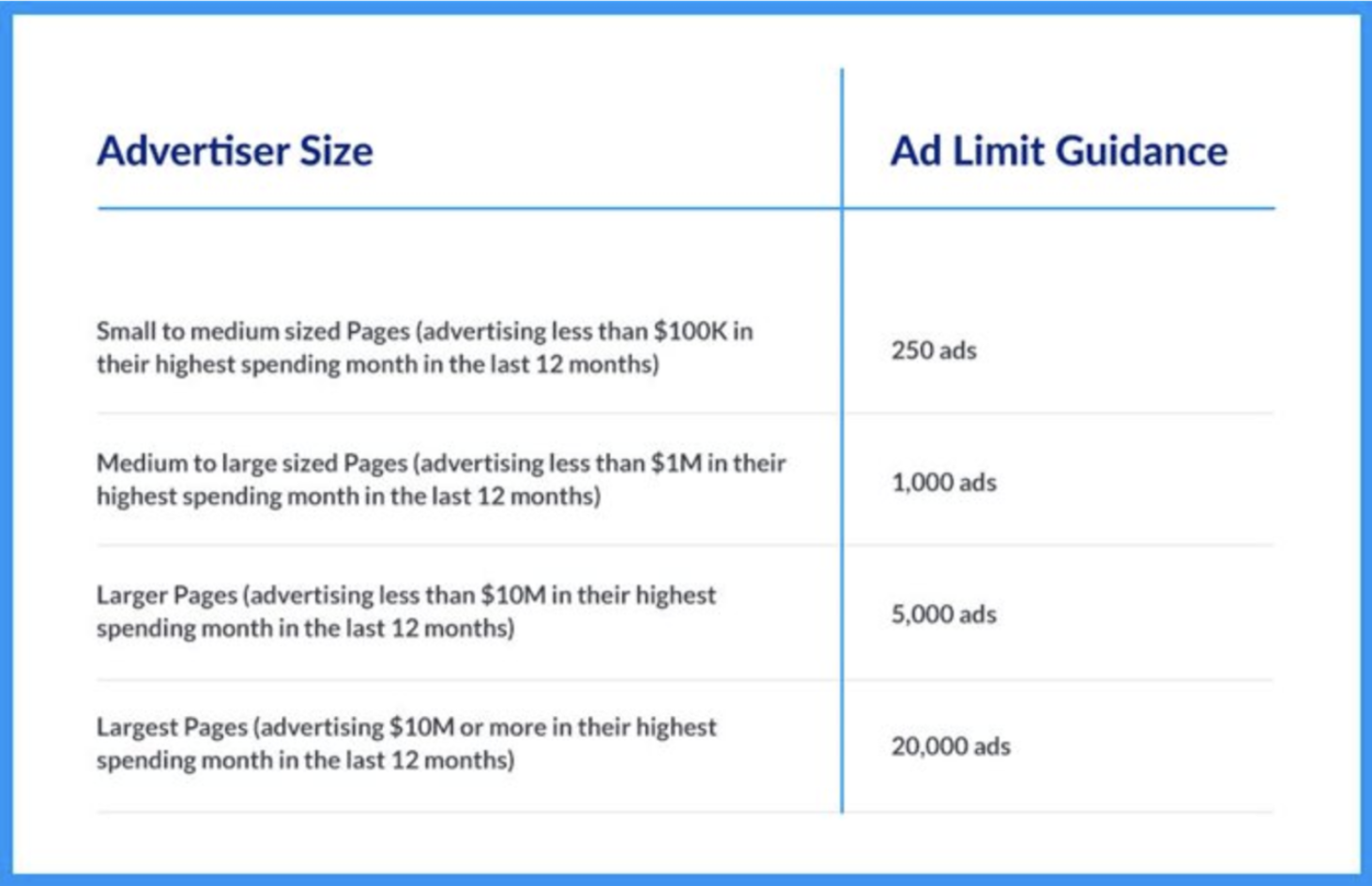Goodbye to the 20% rule
The 20% rule is something that regulars of the Business Manager platform has haunted us for years. On many occasions, we wanted to provide information in a creative, and we had to limit it due to this restriction, since the ad could be rejected or have a much lower performance. Currently, Facebook is eliminating this restriction and, although it is recommended to keep the text below 20%, there will be more freedom when developing the creatives with which we are going to impact the audience.
What’s new in Instagram?
Instagram has received its own facelift in recent months. With the experimental removal of “like” counts on a post, some people are theorizing the total removal of the “like” feature. Although this has yet to be confirmed, it is just another addition to the changing landscape of social media. Instagram has also revealed new tools that advertisers can use. ‘Reels’ is the new way for brands to share minute-long videos that are in a separate feed than normal. It was created to compete with TikTok, a platform that gained popularity at the beginning of the COVID-19 pandemic. ‘Guides’, however, is not a competitive addition to the app, but rather a unique Instagram feature that allows brands to attach extended and exclusive content to their video posts. With these types of updates, Facebook and Instagram make it clear that they are platforms that can not only make flexible changes in their environment with ease, but also keep up to date to adapt very quickly to marketing trends.
Ad limit per page
Last year, Facebook announced a new restriction on the number of campaigns that a page can run at the same time. The idea behind this update is that quality should outweigh quantity. There is a common misconception that high ad volume means higher traffic or better performance. However, the goal that Facebook tells us is to create personalized content that has a significant impact on the intended audience. Thanks to Facebook’s predictive model, only people who are genuinely interested in the brand will see your ad for its duration. This limitation will depend on the advertising investment of the account, since it is normal that with higher advertising investments, there is a greater number of active advertising ads. 
Limited access to data with iOS 14
The latest update to iOS 14 was released in September 2020 and allows Facebook and Instagram users to voluntarily choose to participate or not participate in data collection within these applications. This is part of a larger effort being made with the protection of user data. By choosing not to participate in data collection, some of the members of the Facebook and Instagram audiences will no longer be available for targeted or retargeted advertising campaigns based on their actions. Due to this increase in anonymous data, we must find new ways to deliver relevant ads to specific audiences in order to get positive results on ad performance. With this update, it will be particularly important to keep a close eye on your campaigns to quickly make adjustments if necessary.
Elimination of 28-day conversion interval
Although this update went into effect on October 12, many advertisers are still unaware of it. This metric allows advertisers to measure the conversions that are achieved with the campaigns and can now only be done for 1 and 7 days. This change has an almost immediate consequence: from now on there will be purchases made in that period that goes from the 7th to the 28th from the moment the user clicks on a Facebook ad that will remain unaccounted for, so the number of conversions achieved with these campaigns will go down. Facebook is reacting to the changes that Google will make in relation to third-party cookies, which will be obsolete by 2022. The bottom line from all of this is that, as marketers, it is important to stay up-to-date and be aware of the latest and greatest tools on offer, as only then we can make the most of the marketing strategies we propose for 2021.







 Cookies configuration
Cookies configuration